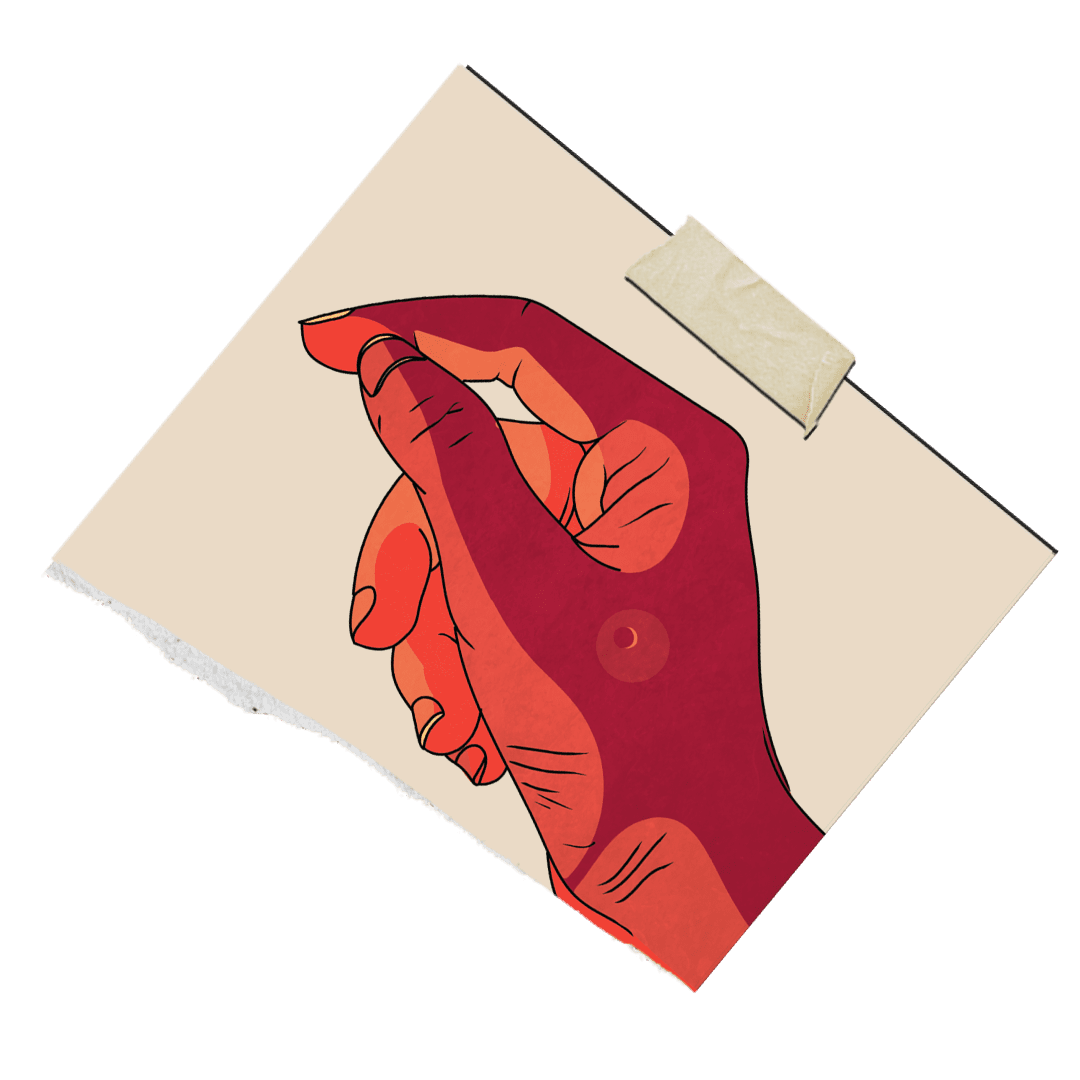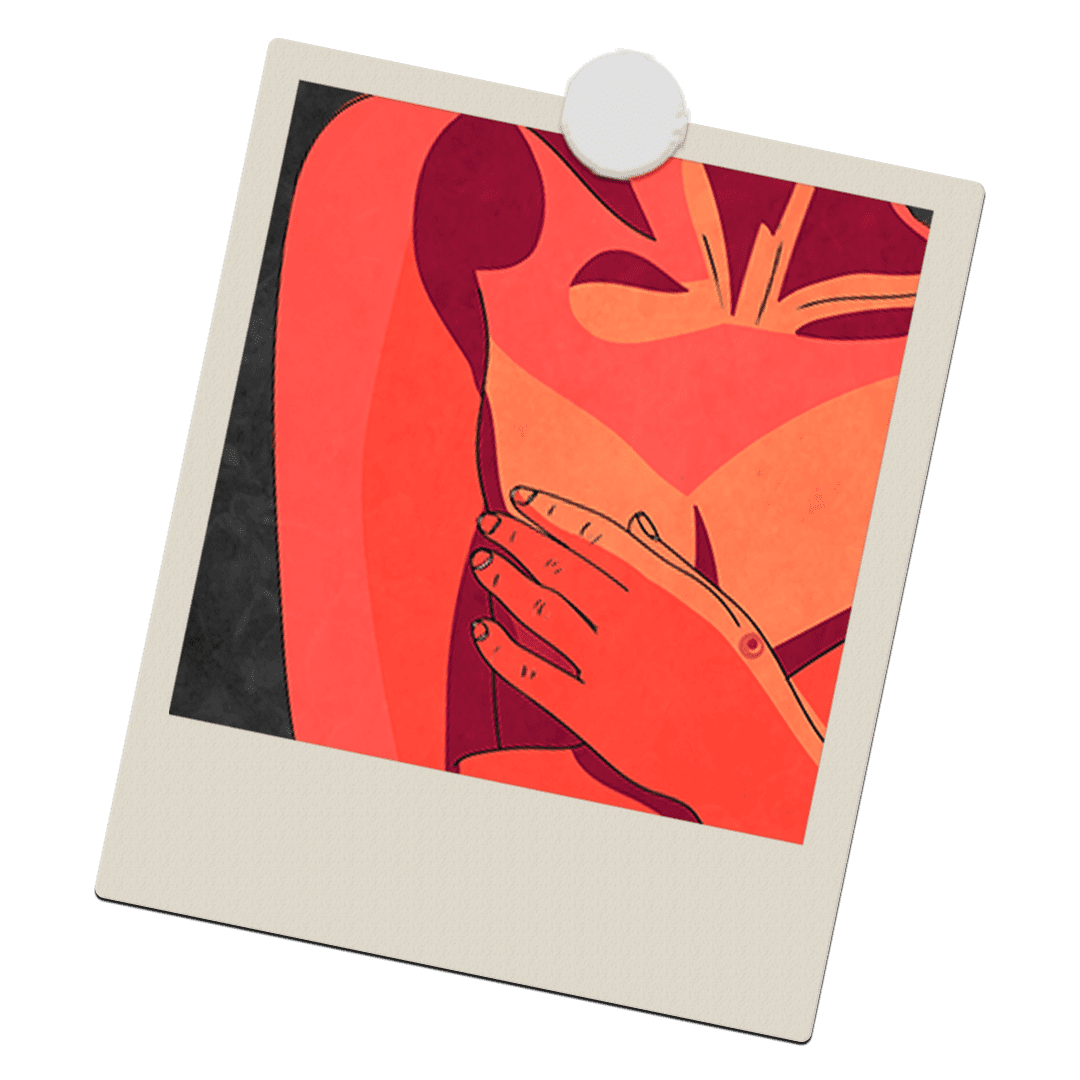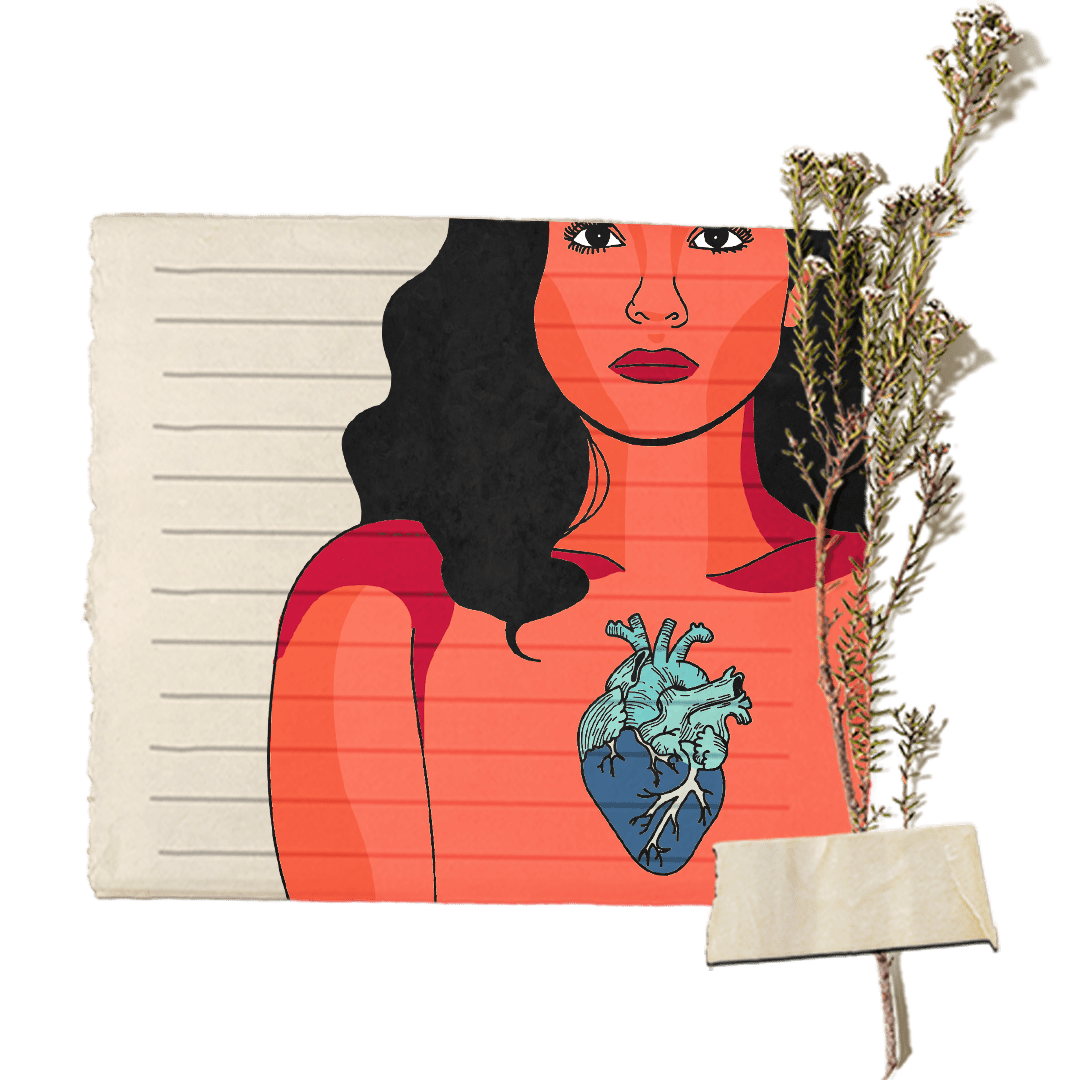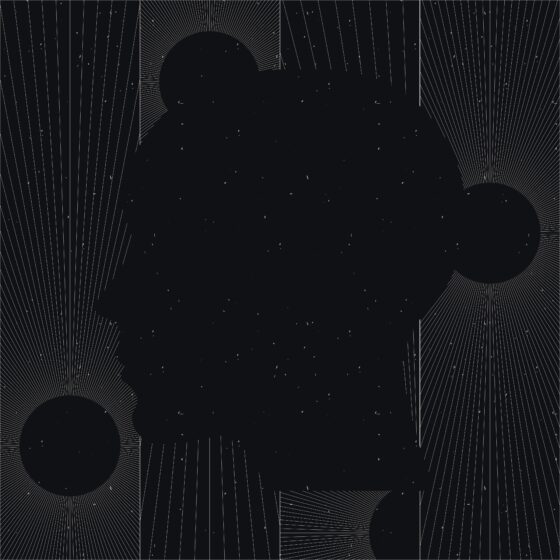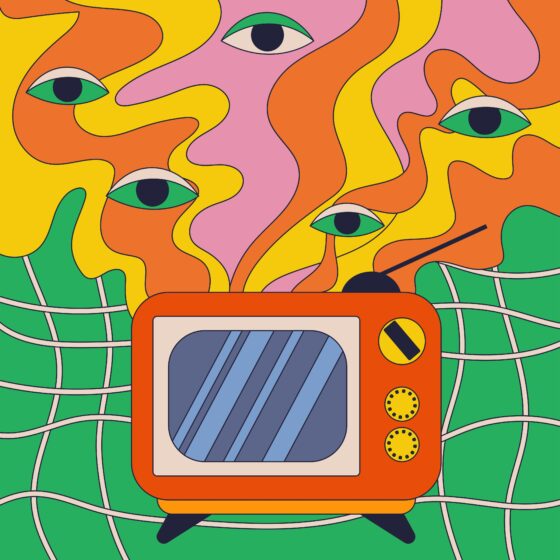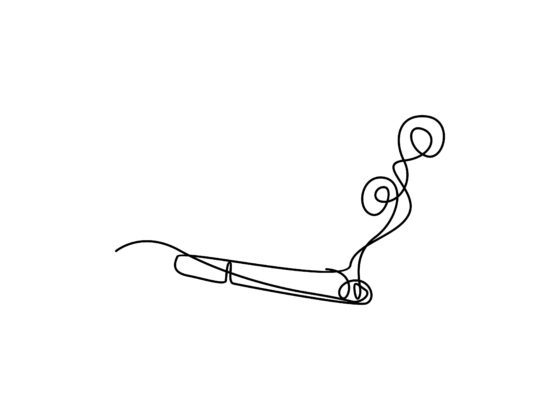
“Draw what you love about yourselves,” Ted, the therapist, says to me and a group of women. Crayons and paper are scattered across a worktable.
I’m in a rehab facility in Atlanta struggling with sex addiction. I’m here because I validate my self-worth only through men and sex.
For over an hour my piece of paper remains blank. Finally, I draw a stick figure with a dot on its right hand, a freckle, mimicking my own.
“It’s a start,” Ted says.
Except I drew the freckle on the wrong hand, so maybe not as good a start as he thinks.
I’m lost. I barely know my left hand from my right, and don’t know the difference between love and sex. How can I? My confusion originates from my father, who sexually abused me growing up. But that was years ago. Now I’m an adult. If I want to save my marriage or, more importantly, save myself, I must learn how to love myself.
Now.
Or in twenty-eight days, the length of time I’m to be sequestered.
The other women around me desperately scrawl their own self-portraits. Each drawing consists of random body parts: a hand here; ears there. We sprawl on overstuffed chairs in a disheveled circle. As if to broadcast untidy inner emotions, I go for days without washing my hair, just like the other women. Our clothes are mismatched and wrinkled. Why bother, since there’re no men to seduce? Tracie, beside me, is examining the split ends of her brunette braids. I nudge her chair with my foot. “Why aren’t you drawing?” I whisper.
“I already totally love myself,” she snaps. “I don’t even belong here.”
I want to say, don’t leave. I want to say maybe you love your addict self, but you don’t love your real self. But I don’t say anything. In the throes of withdrawal, she’s too angry and lost to hear me, anyway.
I worry I’m as lost as Tracie. I tap my crayon. I want to break it in half. I want to rip the paper to shreds.
Still in the grip of delusional thinking, I consider drawing a pornographic image. I could even mail it to Rick, the man with whom I was having an affair. How much easier than drawing a picture of a self I’m trying to love.
I slash an unhappy mouth on the stick figure.
I hate my mouth. If it resembled a movie star’s, maybe I’d love it. Or, better, maybe some man would desire me more. Bad, bad thought.
Confused and disgruntled, I leave the art therapy session and return to my room. Antiseptic white walls, scentless air-conditioned air. This sterility contrasts with my feelings of shame, all my dark addict secrets. I stare out the window. Headlights and taillights of cars, driven by people who don’t confuse sex and love (do they?), scroll along the parkway. I press my palm to the window to feel closer to them, closer to their extraordinarily ordinary lives.
But I mainly see my hollow outline superimposed upon a distant world.
I entered rehab after years of leading a double life, secretly acting out with emotionally dangerous men. When I left home for college, I had an affair with a married man old enough to be my father. Later, when I worked on Capitol Hill, I had sex with married congressmen on blue-leather couches in their private offices. I’ve had sex at the Ritz-Carlton Hotel in Boston as well as the Thunderbird Motel on I-75 outside Atlanta. Scores of different beds. All of them the same.
Ted taps on the doorframe and asks why I left the group room. I don’t turn but watch him reflected in the windowpane. Still, I see my own shadowy reflection, more a ghost than the real me. Who is the real me? Who am I without my addict? I fear I am nothing, or I’m like that photograph Rick took of me in the Thunderbird Motel the last time I saw him before entering rehab. I’m ashamed of the photo. I’m guilty I kept this secret from Ted.
Staring at my murky, glassy image, I confess about Rick photographing me. For him it was a memento to remind him of me during my absence. I’d watched as the Polaroid of my torso, from shoulders to knees, came terribly to life. No head. No face. I could have been anyone, or no one. I was a woman comprised of barely connected parts pieced together to fulfill someone else’s fantasy and desire.
I resembled the Bride of Frankenstein. No, not even that. The Mistress of Frankenstein.
“Just because your father saw you as a sex object, doesn’t mean you have to see yourself that way.” Ted’s empathetic blue eyes watch me. What does he see? Who? “Once you stop acting out with these men, you’ll learn to love yourself,” he says. “But you have to stop hurting yourself first.” He means, emotionally, I’m dying. He means addiction is slow spiritual suicide. “Do you think you can do that?” he asks. “Stop?”
I sigh, shrugging.
I want to see myself as a whole person. Except even the stick figure I drew focused on individual body parts, disconnected from both thinking and feeling.
Later, I sit on my bed with the sketch pad. What should I draw? Hands? Knees?
I imagine Rick at home sneaking that photograph from a drawer. He’ll run a finger over my naked body, smudging it. Smudging me.
I rush into the bathroom. I fill the sink and plunge my arms into cold water up to the elbows—elbows I want to love—but don’t know how. Instead, maybe I can numb them. Numb the addict “me.” Numb all my seemingly disparate matchstick limbs.
But the sting of icy water only reminds me I have a body. I’m responsible for nurturing it. Loving it. Loving me.
That day in the Thunderbird Motel, after Rick went to shower, I sat naked on threadbare sheets watching my naked body develop in the photo. How could I have pretended that was love? Addicts don’t know how to love. My addict self was merely having an affair with Rick’s addict self. Zero real selves. As always, after sex, I felt worse: hungover, bereft. The high of the addiction was momentary; as always, I simply wanted to act out again as if next time would be different. Better.
Tracie plops on my bed. Her messy braids tumble over her shoulders. She resembles a lonely girl more than a tough addict. Chipped red polish flecks her big toe. She picks up my picture and laughs at it.
“So, draw your own, then,” I say. “At least I’m trying.”
“Forget it,” she says. “I hate this place.”
She removes a small makeup pouch from the pocket of her sweatshirt. She applies foundation, eyeshadow, mascara, blush, lip gloss. This is the only version of herself she knows how to draw.
“Maybe we could sneak out tonight.” She offers me her makeup. “Pick up guys.”
“Then what,” I say. “We’d have to start all over.” Start over except with even more emotional loss. More shame.
“I’m sick of feeling like a prisoner.”
“But Ted says—”
She shakes her head, cutting off my words. “I’m sick of Ted, too.” She slams out of my room.
Ted is the only one who believes a scared but lovable woman hides behind a false addict exterior. Ted would say: It’s not as if we’re locked inside these cinderblock walls. Rather, it’s as if our real selves are locked inside an addict persona. We need to discard the addict to find, to feel those lonely women who’ve been here inside us all along.
Rehab is an exorcism minus the crucifix and discordant background music.
Yet I know how Tracie feels: as if she’s losing her identity without her addict. I could rush after her, beg her not to leave. But my own anorexic stick figure isn’t yet fleshed out with enough love or empathy to offer any to her. To anyone. Not to my husband. Not to myself.
I return to my sketch pad. I have no idea where I might locate, let alone draw, my soul. Surely, I have a heart, or at least an aorta, but do I have some organ capable of compassion?
I must at least try. Otherwise, I’m the same as Tracie.
I want to see myself—not with salvaged parts, missing pieces, messy emotions—but as a woman who feels a steady throb of her pulse, a gentle inhalation of breath.
Down the hall, I hear women’s voices. Saying good night? Plotting to break out?
I begin again with a fresh piece of paper. Tentatively I draw features that might resemble a slowly forming sober woman, a more realistic image to sustain a rigorous and honest self-examination. I draw eyes that gaze straight ahead, wide open. At some point in the night, all my component parts fall asleep atop my attempt to love myself.
The next morning, I awaken to women’s voices. Tracie is missing. I suspect she, with her split ends, split the unit, not yet ready to be alone with herself.
I need to see myself alone—pure me, no man—by discarding my addict’s chaotic emotional clutter. If I love this me, then I’m no longer severed. Once I flesh out the figure there won’t be room for the addiction. Other people, then, might see the real me, too.
In the drawing, I must gather all of me, every cell, molecule, and atom. I’ll draw my freckles, fingers, nose, lungs, ribs, heart. Not as pieces merely stitched together, but rather, as a whole woman, a picture that turns a negative image into a positive one—into the most loving me I can develop.
***
Rumpus original art by Lauren Friedlander.
***
Voices on Addiction is a column devoted to true personal narratives of addiction, curated by Kelly Thompson, and authored by the spectrum of individuals affected by this illness. Through these essays, interviews, and book reviews we hope—in the words of Rebecca Solnit—to break the story by breaking the status quo of addiction: the shame, stigma, and hopelessness, and the lies and myths that surround it. Sisters, brothers, mothers, fathers, adult children, extended family members, spouses, friends, employers or employees, boyfriends, girlfriends, neighbors, victims of crimes, and those who’ve committed crimes as addicts, and the personnel who often serve them, nurses, doctors, social workers, therapists, prison guards, police officers, policy makers and, of course, addicts themselves: Voices on Addiction will feature your stories. Because the story of addiction impacts us all. It’s time we break it. Submit here.

